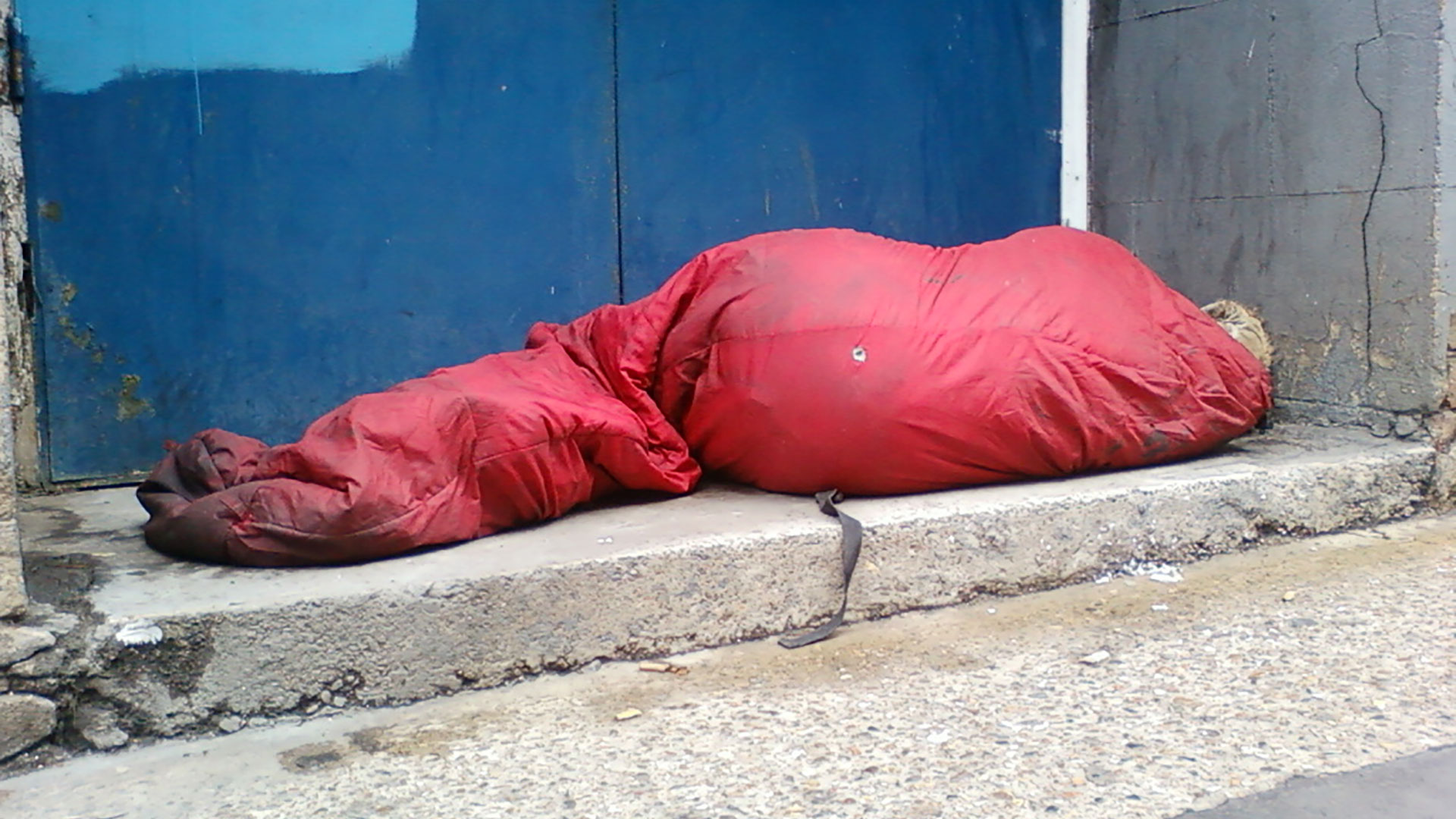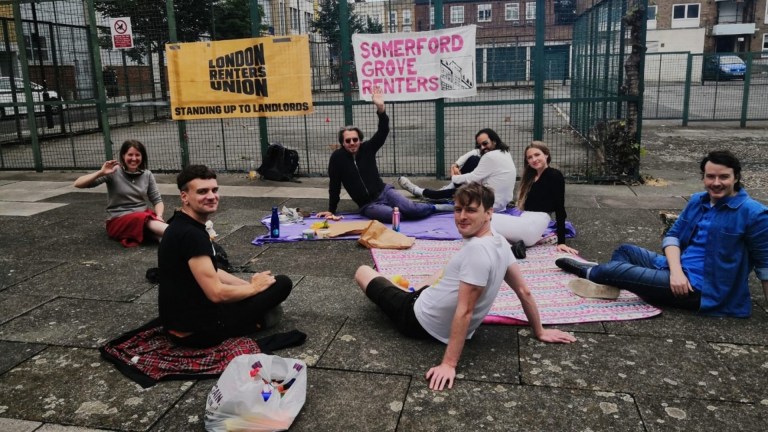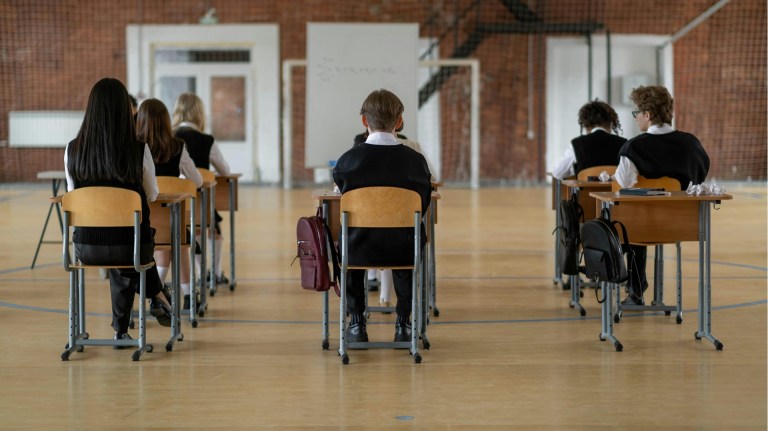Before diving into some of the figures – it is worth reflecting on what this process has shown us about how figures are being measured by local authorities in conjunction with the Ministry for Housing, Communities and Local Government.
In responses to the FOI requests, some councils have asked us for more time to produce the experimental statistics while another authority noted that running through the statistics would be “beneficial to them too”. We submitted the requests on February 20 with a mandatory 20-day deadline, meaning that responses should have been received by March 20. The fact that some responses are still coming in over a month later could be an indication of how councils are being stretched thin by the new responsibilities.
Here is what our investigation uncovered.
We asked every authority how many approaches they had received from people who said they were homeless or threatened with homelessness as well as the number of cases that required relief or preventative action and the amount of cash given to authorities.
Of the responses we have received so far, Bradford had the highest number of approaches at 7,734. Their West Yorkshire neighbours Leeds had the top number of households prevented from being homeless with 2,871 while also relieving 862 households from losing their home.
As for the cash that has been awarded to local authorities to carry out their additional duties, it has been a constant complaint from councils with two thirds insisting that the funds fall short, according to think tank New Local Government Network.
The main funding, which has been guaranteed for three years so far, is the new burdens grant while additional money was also awarded to cover IT and admin changes associated with the act. A flexible homelessness support grant also contributed to funding the new duties.
Advertising helps fund Big Issue’s mission to end poverty
We opted just to collect info on the new burdens grant with Newham – cited as Britain’s homelessness hotspot in The Guardian at the end of last year – receiving the most at £577,130.
All of the London boroughs received six figure sums to aid with implementing the act last year aside from the City of London which received just £6,571. This is in line with the number of approaches that the affluent authority received last year which was just 80, among the lowest and 0.1 per cent of the approximately 8,000 people who live there.
The lowest number of approaches were in Swale in Kent where there were just 18 approaches among the 142,000 people that the local council serve.
Of the £25 million set aside by the government as new burdens funding, only 23 authorities outside the English capital received more than £100,000 with two receiving more than £200,000 – Bristol (£221,746) and Birmingham (£548,633).
We are still awaiting figures from the second city – but Bristol – which unveiled its own five-year plan to eradicate rough sleeping this week – had 2,089 homelessness approaches, preventing 117 and carrying out their relief duty within 300 days.
Advertising helps fund Big Issue’s mission to end poverty
This is just a snapshot of some of the statistics that we uncovered. As Blackman told us in this week’s Big Issue magazine: “A year is too short a time to assess how important this [act] is” and HRA’s impact will benefit from another year to compare data against for councils who are still taking a step into the unknown.
The Big Issue will continue to investigate. Check back here for updated figures and analysis as we get more responses.










